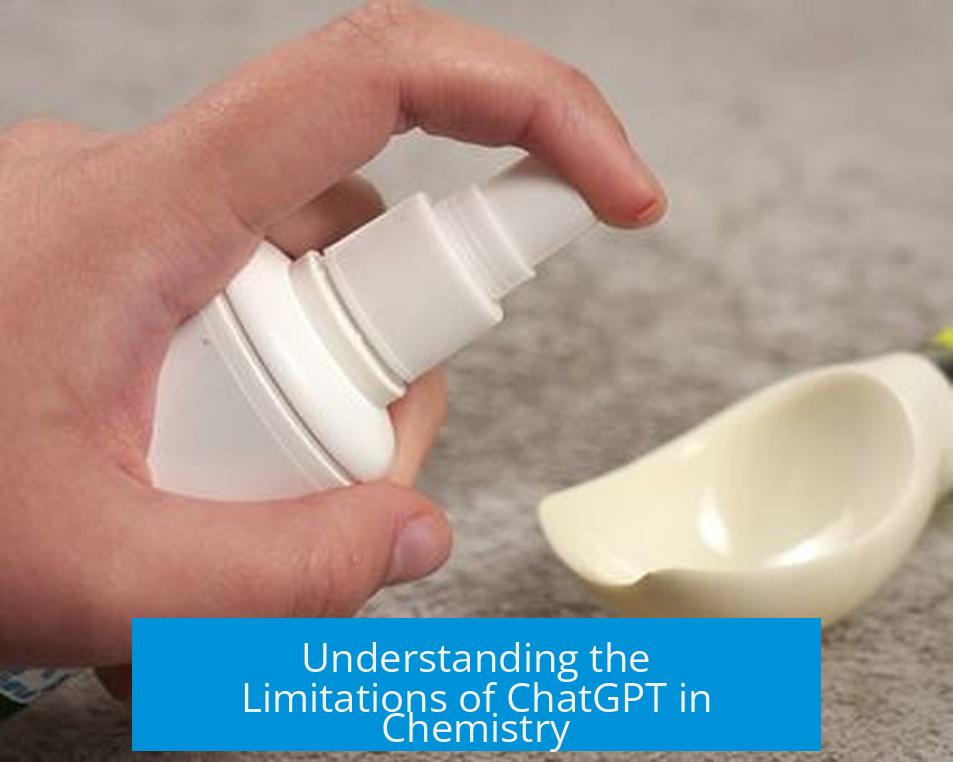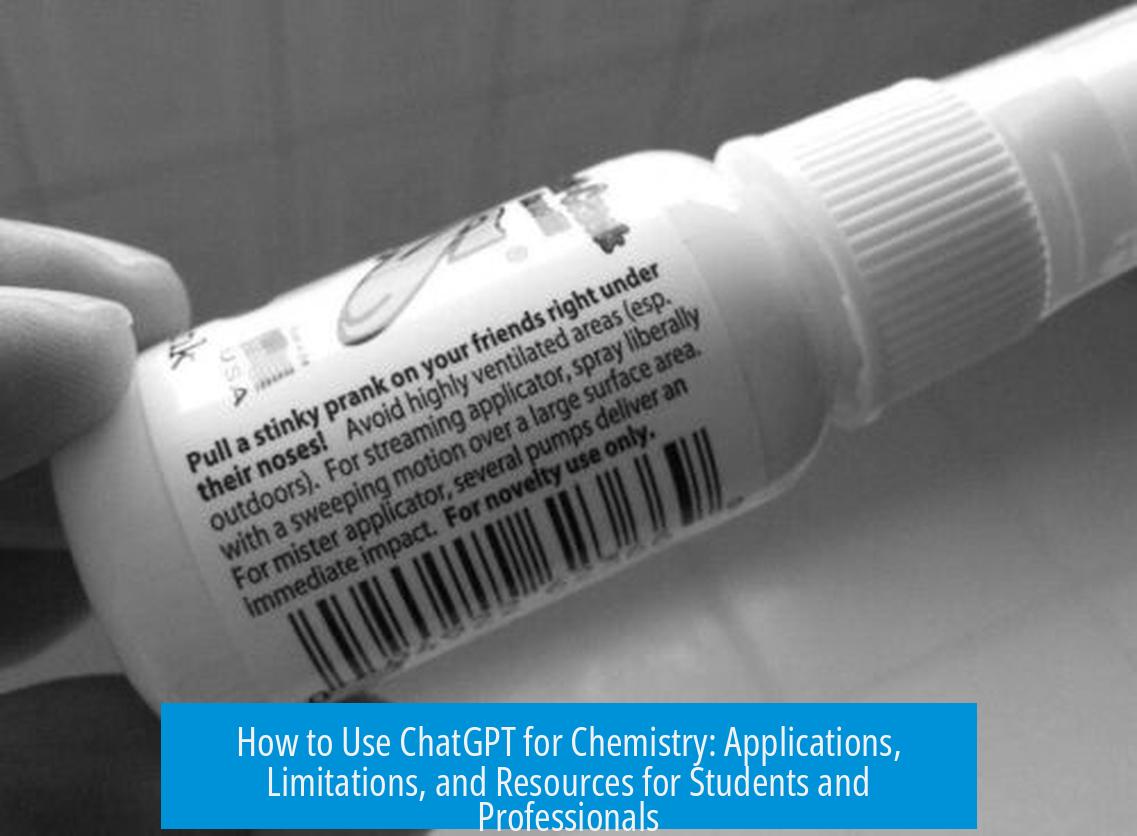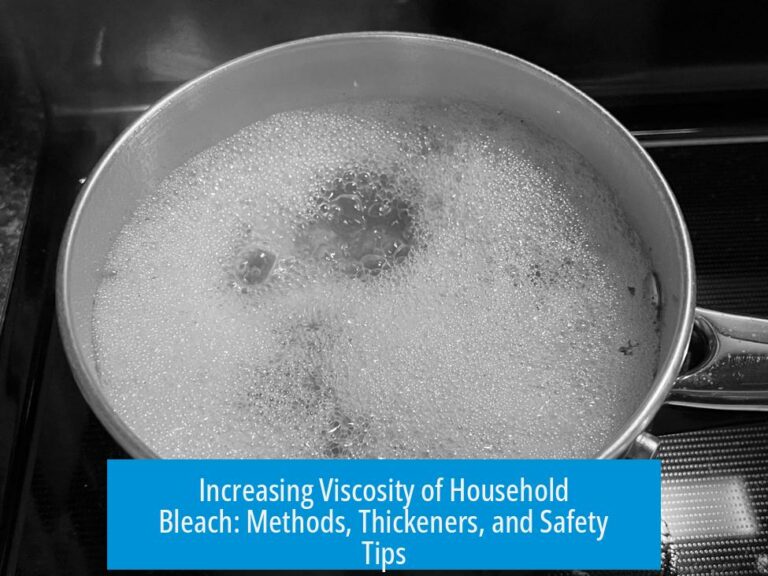How to Use ChatGPT for Chemistry

ChatGPT should not be used as a primary learning tool for chemistry due to its frequent inaccuracies and limitations as a language model. Instead, use it cautiously for writing assistance, summarizing, and generating report outlines, while always verifying its outputs through reliable sources and traditional study methods.
Understanding the Limitations of ChatGPT in Chemistry

ChatGPT is a language model designed for generating human-like text but lacks deep scientific reasoning. Chemistry, being a precise and complex science, demands accuracy and conceptual understanding. ChatGPT often provides incorrect information or misleading explanations in chemical contexts.
- ChatGPT can produce false or contradictory statements—for example, confusing boiling points of substances (e.g., water vs. oil).
- It was trained on computer science and general language data, not specialized scientific literature.
- Serious reliance on ChatGPT risks academic dishonesty and incomplete learning.
Given these factors, ChatGPT results are “wrong until proven right” and must be cross-checked rigorously.
When to Use ChatGPT in Chemistry
1. Writing and Summarizing
ChatGPT excels at handling text-based tasks that do not require chemical verification.
- Summarizing articles or papers you already understand.
- Creating drafts for emails, reports, or introductions.
- Providing structured report outlines, such as for cyclic voltammetry or lab reports.
Use these outputs only as starting points and polish the writing yourself after checking facts.
2. Homework Aid with Caution
It may assist in solving simple problems or checking stepwise computations but is prone to errors in calculations and logic, especially at higher levels.
- Use ChatGPT to verify your answers but never as the sole solution provider.
- Treat it as a tool to inspire or clarify concepts rather than an authoritative source.
3. Supplementary Explanation and Inspiration
ChatGPT can explain basic concepts and summarize research papers, helpful for initial topic exploration.
However, avoid depending on it for:
- Structural chemistry or molecular modeling.
- Lab safety advice or procedures.
- Complex experimental design.
Applying ChatGPT for a Chemistry Report: Example Using Cyclic Voltammetry
ChatGPT can generate a logical outline for a cyclic voltammetry report, suggesting topics such as:
- Introduction to Cyclic Voltammetry
- Experimental Setup
- Electrode Materials and Modifications
- Electrochemical Parameters
- Data Analysis and Interpretation
- Applications of Cyclic Voltammetry
- Case Studies and Examples
- Challenges and Limitations
- Future Directions and Innovations
- Conclusion
This outline provides structure but requires you to conduct thorough research to fill in each section accurately. Do not rely on ChatGPT to provide detailed, verified content on these topics.
Concerns About Academic Integrity
Using ChatGPT to generate answers without understanding risks plagiarism and academic misconduct. It is vital to develop independent skills and knowledge rather than outsourcing learning tasks.
ChatGPT should never replace personal study or consultation with instructors and peers.
Recommended Learning Resources Beyond ChatGPT
Effective chemistry learning relies on foundational materials and active practice:
- Textbooks and peer-reviewed literature provide accurate, vetted information.
- University lectures available on platforms like YouTube offer detailed explanations.
- Study groups help discuss and internalize concepts interactively.
Chemistry is akin to a specialized language; mastering it requires stepwise learning of its grammar and structure. ChatGPT cannot substitute for this process.
Alternative AI Tools for Chemistry Professionals
Dedicated chemistry AI tools can better assist professionals with niche needs such as literature review and data analysis.
- Chemylane.ai offers a free service tailored specifically for chemists to speed up literature searching and review.
- These tools often have more reliable domain-specific databases and tailored algorithms than general language models.
Sample Interaction: Chemistry Homework Question
Consider the example exercise:
Calculate the pH of solutions containing 0.1 mol·L−1 of:
- CH3COONa
- NaHCO3
- Na2CO3
Given pKa values:
- pKa (CH3COOH/CH3COO−) = 4.74
- pKa (H2CO3/HCO3−) = 6.4
- pKa (HCO3−/CO32−) = 10.3
While ChatGPT can attempt to solve such problems, it sometimes errs in calculations or conceptual reasoning. Always rework the steps independently and use ChatGPT merely to check reasoning or offer guidance.
Summary of Key Points
- Avoid using ChatGPT as the main source for chemistry learning. Its outputs are often inaccurate and incomplete.
- Use ChatGPT to summarize texts, assist in writing, or generate report outlines as starting points.
- Verify all chemical information and problem solutions through textbooks, peer-reviewed sources, or instructors.
- Refrain from relying on ChatGPT for lab safety, experimental design, or molecular structures.
- Consider specialized AI tools like Chemylane.ai for chemistry-specific literature and data needs.
- Maintain academic integrity by using ChatGPT only as a supplemental aid, not a shortcut or substitute for study.





Leave a Comment